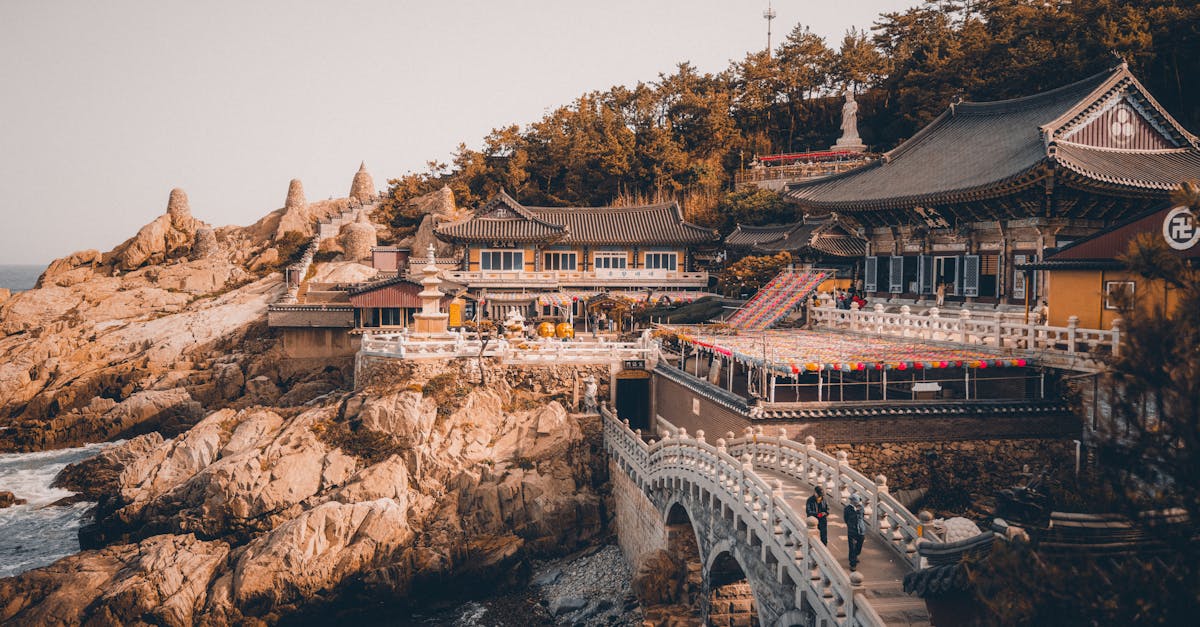|
IN BRIEF
|
Organizing the perfect trip to India can seem like a colossal task, as this country is full of wonders to discover. Between the majestic Himalayan mountains, the heavenly beaches of Goa and cities steeped in history like Jaipur and Varanasi, the choice is vast and captivating. But don’t let this diversity overwhelm you! With a little preparation and a healthy dose of enthusiasm, you can create an itinerary that combines culture, adventure and relaxation. In this article, I offer you practical tips and advice to turn your dream into reality and live an unforgettable experience in Indian land. Ready to embark on the adventure?
Prepare for the Adventure
Planning a trip to India can be both exciting and intimidating. The cultural richness, the diversity of landscapes and the multitude of experiences to be had make this country a dream destination. For an unforgettable stay, it is essential to plan each stage of your journey well. In this article, discover practical tips for planning the perfect trip to India, whether you are a history, nature or gastronomy lover.
Choosing the Best Time to Travel
The Indian climate is as varied as its traditions. It is crucial to choose the right period to maximize your experience. In general, the months of October to March are ideal for visiting most areas, as the temperatures are milder. If you’re planning a trip to the south, consider traveling between December and February, when the heat is less oppressive. For those who love festivals, plan your stay around Diwali, Holi or Durga Puja can be spectacular.
Establish a Consistent Itinerary
Once the period has been chosen, it is time to work on your itinerary. India is huge and full of must-see places. A first-time travel itinerary could include the Golden Triangle (Delhi, Jaipur and Agra), not to mention Varanasi for some spiritual immersion. For nature lovers, a getaway to Himalayas or in Kerala can be unique. Don’t hesitate to include a flexible travel diary to explore everything that arouses your curiosity on site.
Book Transport
Transportation options in India are varied and can suit all budgets. For longer journeys, the train is an experience not to be missed, offering breathtaking views of the landscape. Also remember to book your tickets in advance via the official Indian Railways website. For internal travel, auto-rickshaws or taxi services like Ola or Uber are very convenient in big cities. Don’t forget to check schedules and take transportation times into account so you’re not in too much of a hurry during your trip.
Choosing Pleasant Accommodation
Your choice of accommodation can greatly influence your stay. Of the star hotels to traditional guest houses, the options are vast. If you want to experience authentic India, a stay in a homestay can offer a unique experience. For luxury lovers, consider palaces transformed into hotels. Also look at locations, focusing on neighborhoods that will give you easy access to major attractions.
| Appearance | Advice |
| Planning | Choose the best period (October to March) |
| Itinerary | Include varied destinations: Delhi, Agra, Jaipur, Kerala |
| Transportation | Book internal flights and trains in advance |
| Accommodation | Alternative between luxury hotels and local lodges |
| Kitchen | Try local dishes at recommended restaurants |
| Culture | Attend local festivals for immersion |
| Security | Avoid traveling alone at night and stay vigilant |
| Communication | Download apps for language and maps |
| Memories | Buy local crafts rather than imported items |
- 1. Choose the right period
- Explore between October and March for pleasant weather.
- 2. Set the route
- Incorporate historical sites, landscapes and cultural experiences.
- 3. Book accommodation
- Opt for traditional hotels or authentic guest houses.
- 4. Prepare a budget
- Estimate expenses related to transportation, meals and activities.
- 5. Select means of transportation
- Use trains, rickshaws and private cars to explore.
- 6. Discover local gastronomy
- Taste regional dishes and enjoy the food markets.
- 7. Plan cultural activities
- Participate in festivals, cooking classes or shows.
- 8. Take health precautions
- Take the necessary vaccinations and pay attention to food hygiene.
- 9. Learn some Hindi words
- Facilitate exchanges with the local population.
- 10. Stay flexible
- Knowing how to adapt to the unexpected and enjoy the present moment.
Explore Indian Cuisine
No trip to India would be complete without diving into its gastronomy colorful and tasty. Each region has its specialties, whether it is biryani in Hyderabad, theidli to the south or dal makhani to the north. Don’t hesitate to try everything you can, even street food. Make sure you take advice from locals and choose popular stalls. Don’t forget to hydrate yourself with a good chai and taste local sweets like gulab jamun.
Immerse yourself in Local Culture
For an unforgettable experience, it is vital to meet the residents and immerse yourself in the local culture. Attend shows traditional dance, take part in cooking classes, or hire artisans for workshops. You can also head to local markets to discover typical crafts and interact with traders. These moments will strengthen your connection with the country and create lasting memories.
Manage your Health and Safety
Before leaving, it is essential to take some health precautions. Consult a doctor to find out about vaccines recommended and prepare a first aid kit. During your stay, favor bottled water and be careful of raw foods. For safety, stay vigilant, avoid venturing out alone at night, and respect local customs.
Respect Customs and Culture
India is rich in traditions and beliefs. Be respectful of clothing and behavior in places of worship. Opt for modest clothing when visiting temples or religious sites. Do not hesitate to find out about local habits and customs to avoid missteps that could be misinterpreted.
Prepare your return
Once your trip is over, it is crucial to prepare for your return. Collect all your memories and take a moment to reflect on your experiences. Share your adventures with your loved ones when you return and don’t hesitate to tell your delicious anecdotes. Also consider sharing some practical tips for those who wish to follow in your footsteps in India.
Leave Enlightened and Inspired
By taking all of these into account, you will be ready to set out on your adventure, armed with all the best information possible. India, with its cultural diversity, natural beauty and unforgettable encounters, promises a unique experience to every traveler. Whether it’s taking a ride in tuktuk in Jaipur or strolling along the Ganges in Varanasi, every moment can become a beautiful story to tell. So, get ready, and set off to discover this fascinating country, a trip that you will remember for the rest of your life.
Discover other sunny destinations
If you are looking for other sunny destinations to explore, the world offers a variety of options. Think of places like the Maldives, Costa Rica or even Santorini that make you dream. Don’t forget to consider these alternatives when you want to escape.
Frequently asked questions
A: The best time to visit India is between October and March, when temperatures are milder and the climate pleasant.
A: Some of the must-sees include the Taj Mahal, Jaipur, Varanasi, Kerala and Ranthambore National Park.
A: You can travel around India by train, bus, rental car or taxi. The train is often the most practical and economical way.
A: The budget depends on your travel style, but a budget of 30 to 50 euros per day is reasonable for a comfortable trip.
A: It is necessary to have a valid passport and visa to enter India. Also remember to check the recommended vaccinations.
A: It is important to respect local traditions, dress modestly, and learn about customs and customs to avoid misunderstandings.
A: You absolutely must try Indian curry, naans, biryani, as well as regional specialties like masala dosa or jalebi.
A: Risks include tropical diseases, pollution, and security in certain regions. It is important to stay informed and take precautions.




